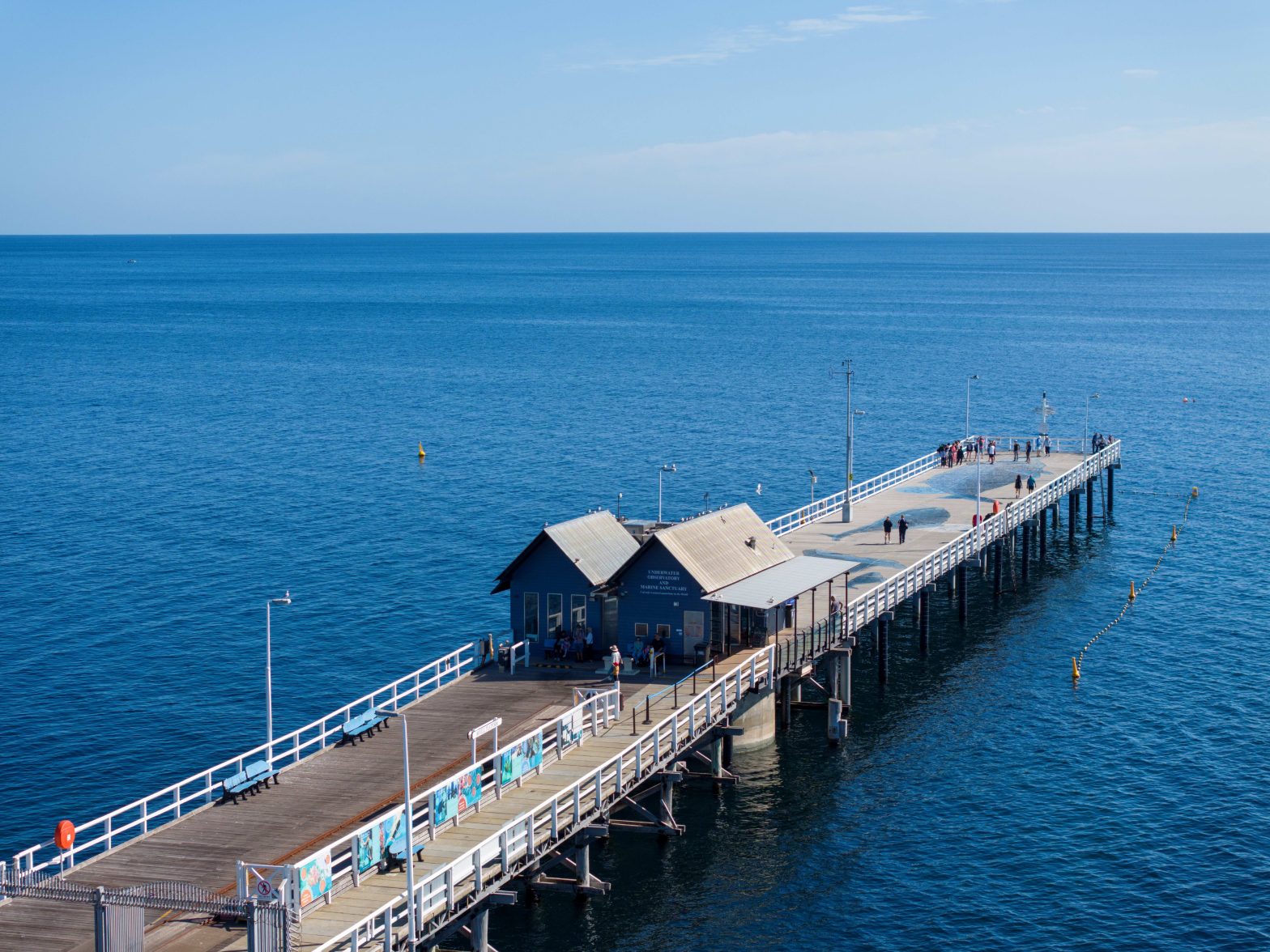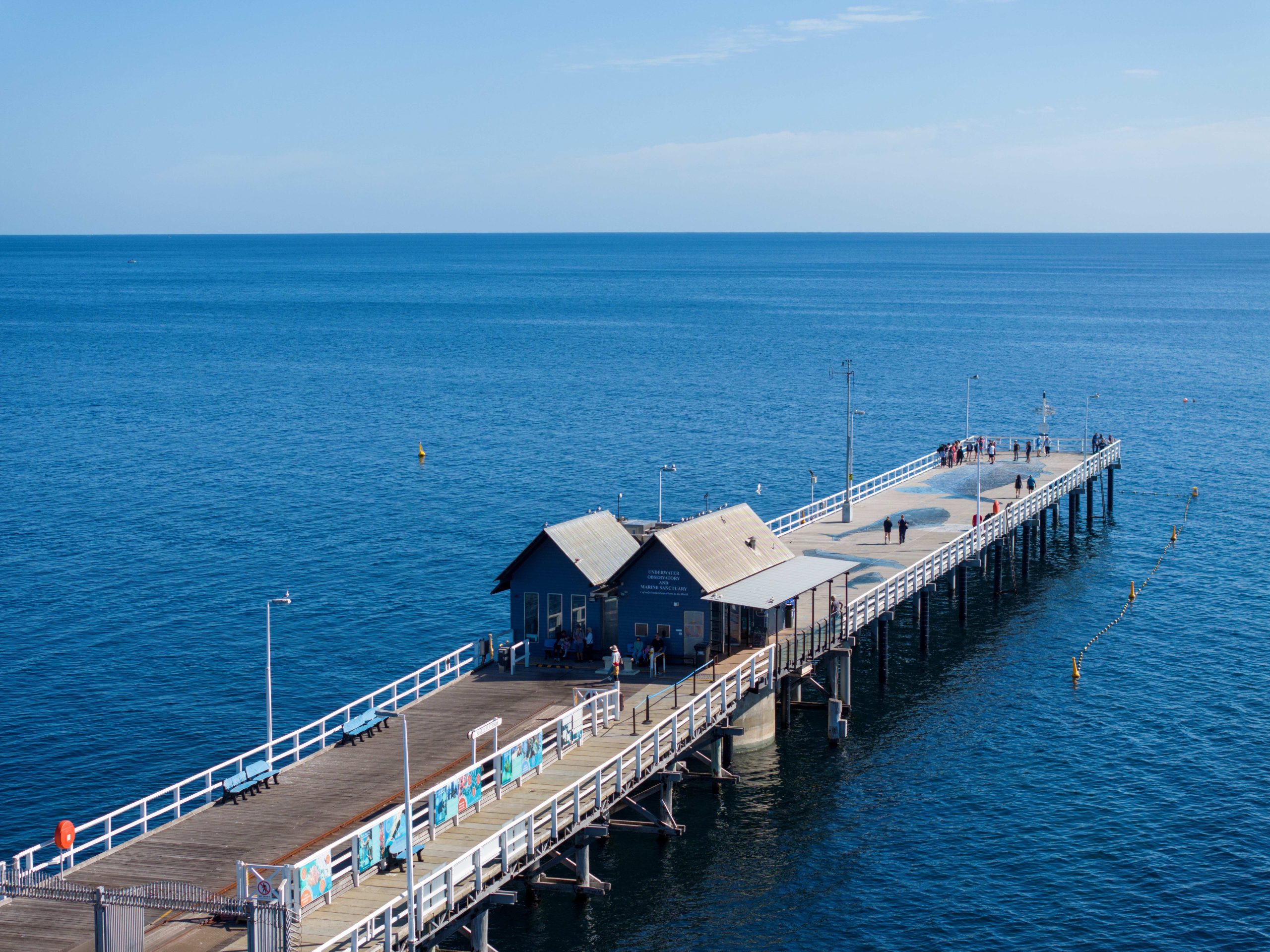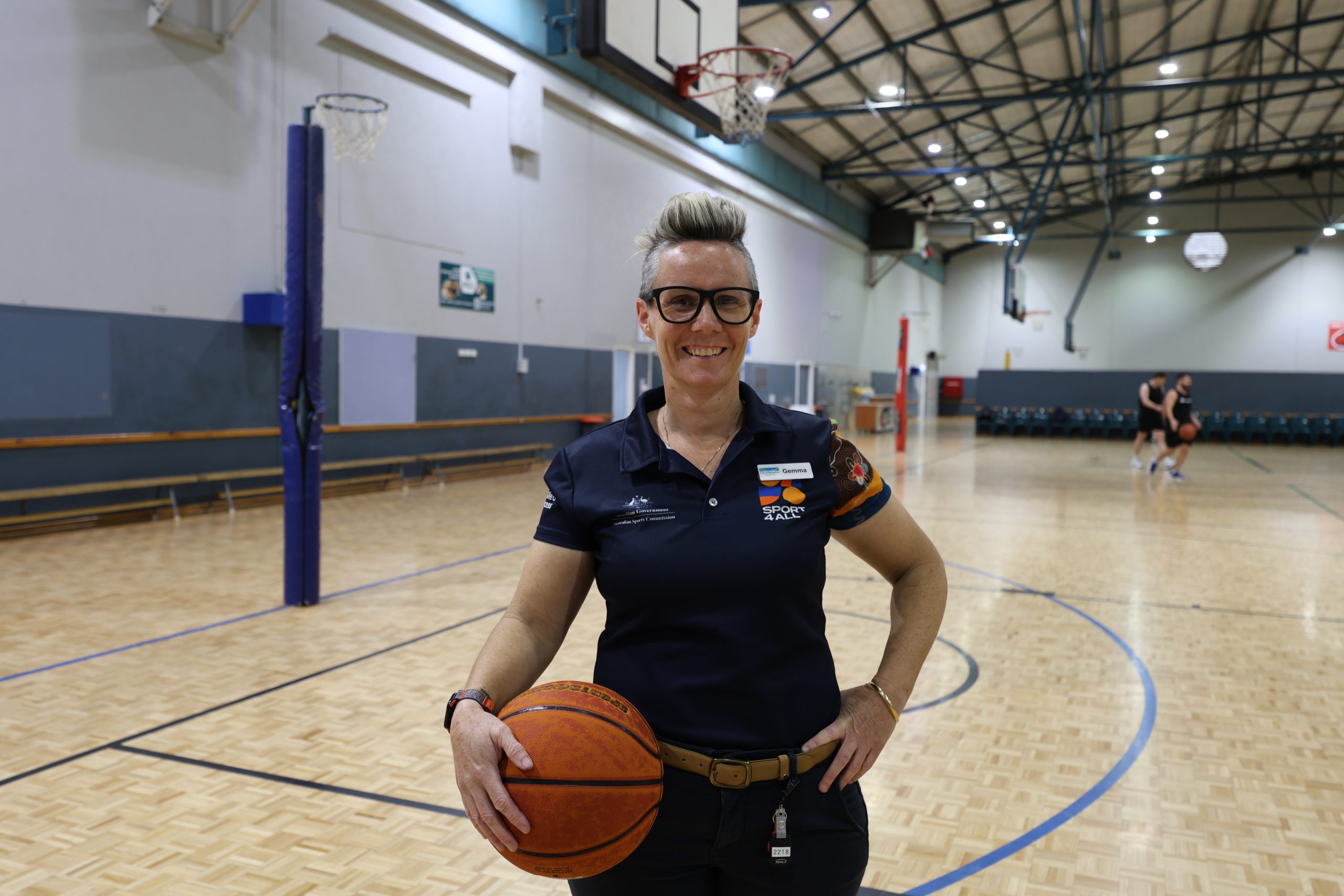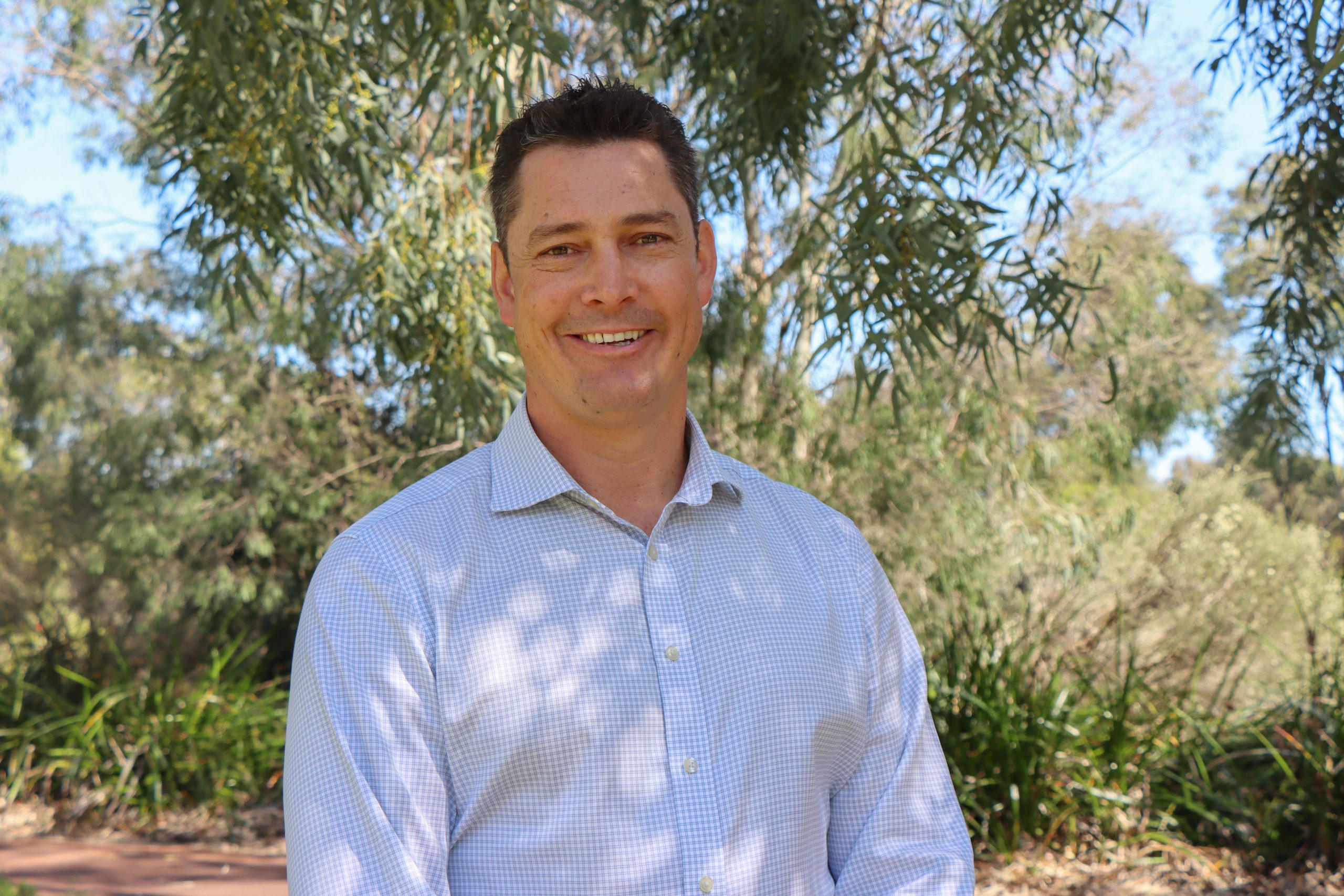The 'flying coffin' lost at sea for 80 years
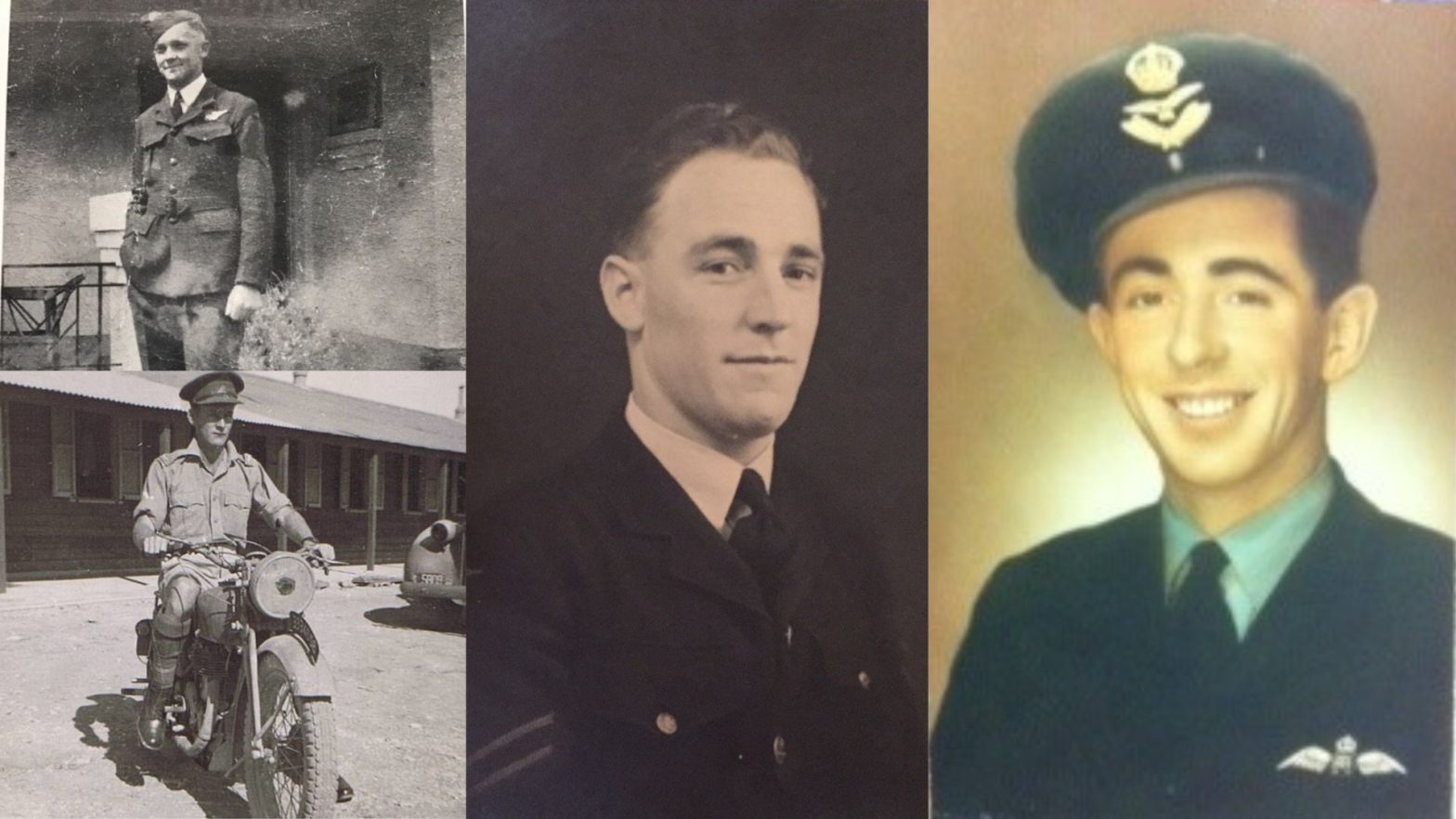
Sgt Peter Hastie (Top Left), Capt. Harry Colbig (Bottom left), Lt Cedric Rcihards, and Lt Arthur Aitken. Pictures supplied.
Just before midday on September 9, 1943, a Bristol Beaufort bomber and its crew took off from Busselton Airfield.
It was the last time those five men were seen on land.
Lt Arthur Aitken, Sgt Peter Hastie, Lt Cedric Richards, Sgt Alexander Emerson, and Army Captain Harry Kolbig were on a routine patrol of the South West coast. The bread and butter of No. 14 Squadron, based out of RAAF Pierce.
Their flight down from Pierce was simple enough. They stopped at Busselton right on schedule. The plan was to fly south over Windy Harbour and out off the coast, before turning west, skirting up past the capes, and landing back home before tea time.
On the lookout for enemy ships, the crew was only to break radio silence to report any activity they saw. They did so 45 nautical miles west of Windy Harbour, when they identified merchant vessel Nordnes.
The crew of the ship reported later that their interaction with the Beaufort had been entirely normal, and that the plane was flying just as the experienced seamen would expect, based on their many encounters with aerial patrols.

Once the bomber was out of sight of the Nordnes it was, for all intents and purposes, gone.
No other ships saw it, and the radio silence policy meant there was no word back at base. Nobody noticed until 5:30pm, when the bomber was an hour late for landing at RAAF Pierce.
Attempts to make radio contact were unsuccessful, and an extensive search was launched. Two RAAF squadrons, and one from the US Navy scoured the patrol path for the next three days, looking for any sign of the Bristol Beaufort A9-317.
They came up empty, and 80 years on, Donnybrook resident Pamela Stacy Harrison says we still have very little idea about where those five men met their end.
“It’s a big guess. I think it’s somewhere out from Leeuwin to the west, then down to D’Entrecastreaux Point.”
She has been researching the disappearance of the A9-317 for nearly a decade along with the Busselton branch of the RSL.
“It eats away at me. It really does.”
The A9-317 was far from the first Bristol Beaufort to disappear in mysterious circumstances. More than 90 of the Australian built versions of the British aircraft crashed unexpectedly during the war, giving them the unfortunate nickname of ‘Flying coffins’.
This part of the mystery was unraveled in 1944, thanks to the brave actions of 26 year old Wing Commander Charles Learmont.
He was the leader of No. 14 Squadron when, on a training exercise with the Americans, his Beaufort started shaking violently.

An experienced pilot of more than 150 sorties, Learmonth felt the cause of the shaking was in the tail of the aircraft, and instructed his Lieutenant to fly up behind him and have a look.
Suddenly, the trim tab elevator – which controls the plane nose up or nose down – jammed, sending Learmonth and his crew diving into the ocean off Rottnest Island.
Knowing his fate, Learmonth stayed on the radio, relaying as much information as he could before he crashed into the waves. His plane was recovered, and it was found that there was a defect in an 8-inch pin in the elevator trim actuating unit.
The British built planes used hardened steel for this part. The Victorian factory did not. It was also found that the engineers had misread plans for the controls, and assembled them incorrectly. Investigators at the time deemed this to be the cause of most – if not all – of the Beaufort accidents, and grounded all of them until the issue was resolved.
“Can you imagine how horrific it would’ve been going down. Not only them, but Learmonth, and all the others that went down,” Mrs Harrison said.
While the location of the wreckage remains a mystery, Several family members of the A9-317 crew have been tracked down, and now know what happened to their relatives.
“Until this happened, they had no idea. All they knew was that their brother or their uncle disappeared in a plane, and they had no idea where or how.”
“There’s no better feeling in my heart when I can help someone like that.”
Those that are able will gather in Busselton on September 9th for a commemoration service. All are welcome to attend to pay tribute to those five men who lost their lives protecting the south west coastline.












